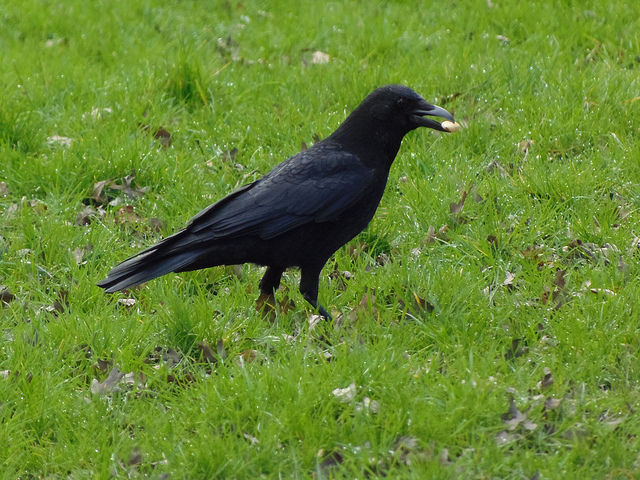
It's Memorial Day, all Ars staff is off, and we're grateful for it (running a site remains tough work). But on a normal Monday, inevitably we'd continue to monitor news from the world of climate change. Our John Timmer examined the claims that scientists are in it solely for the money...




